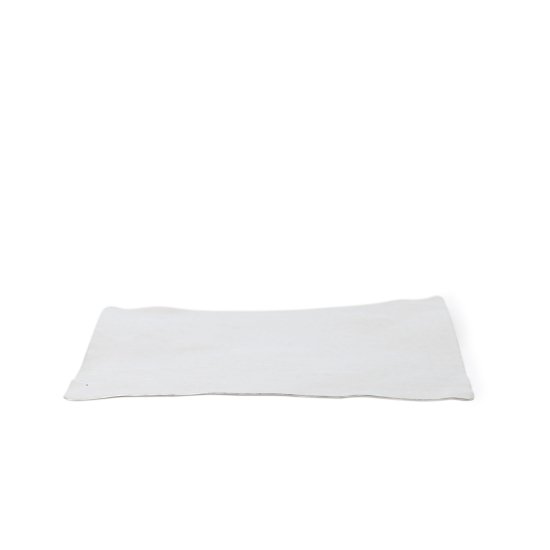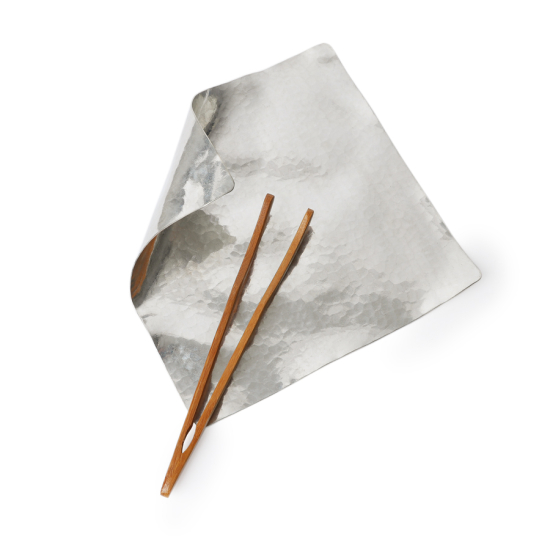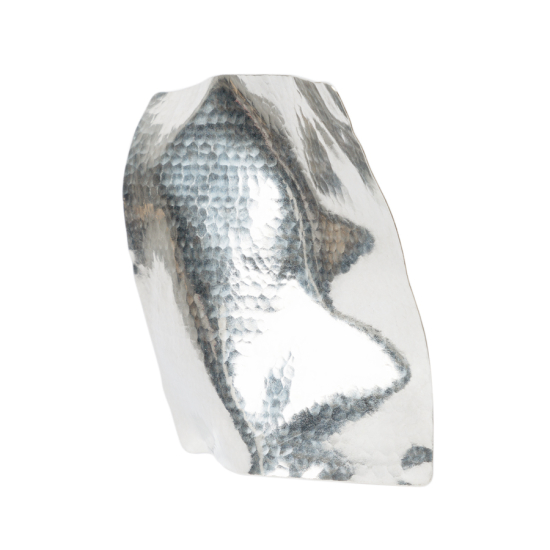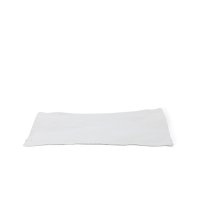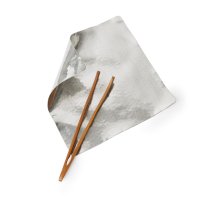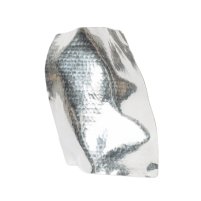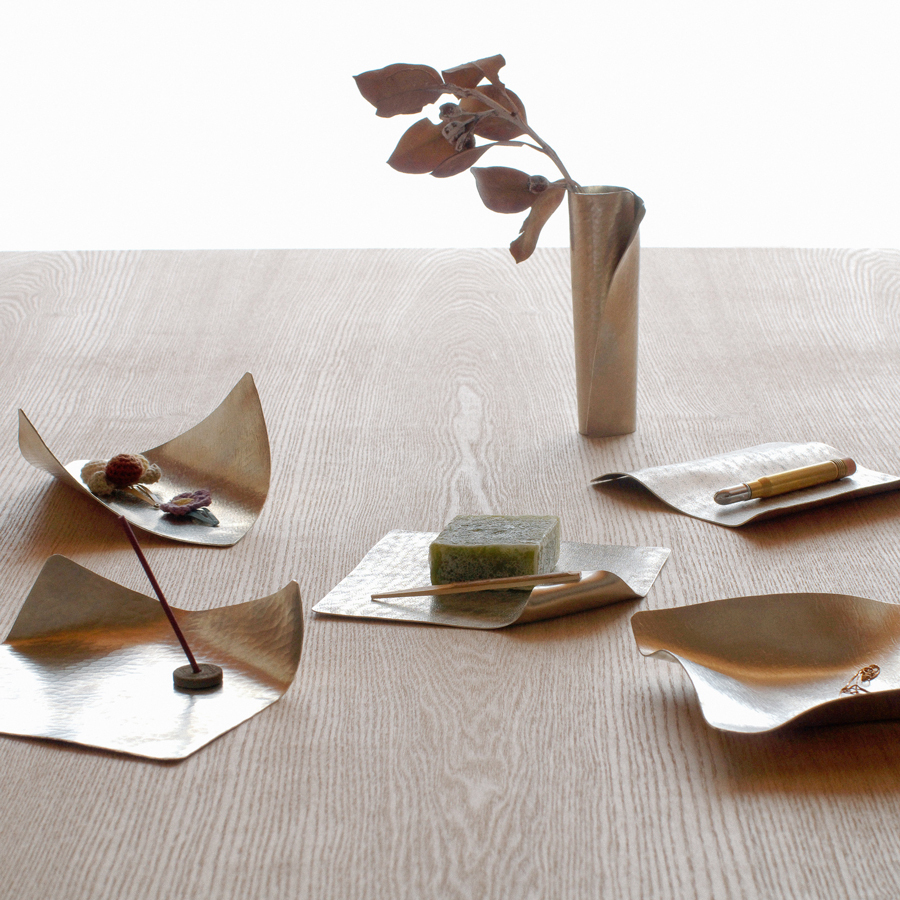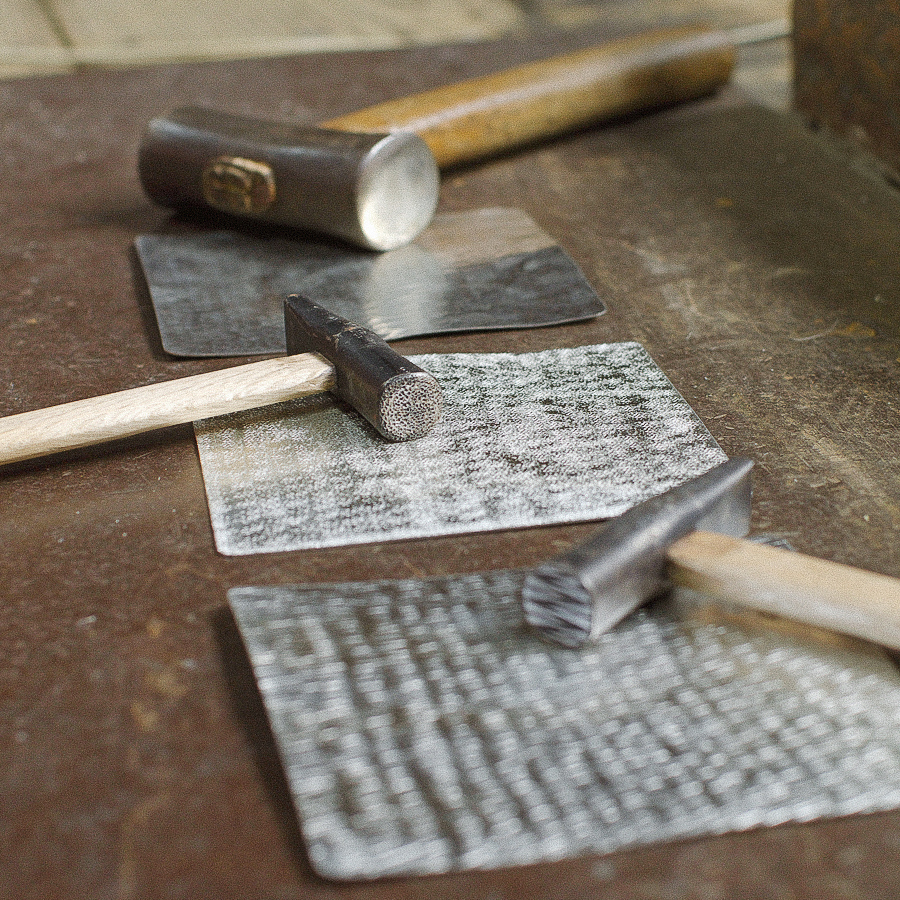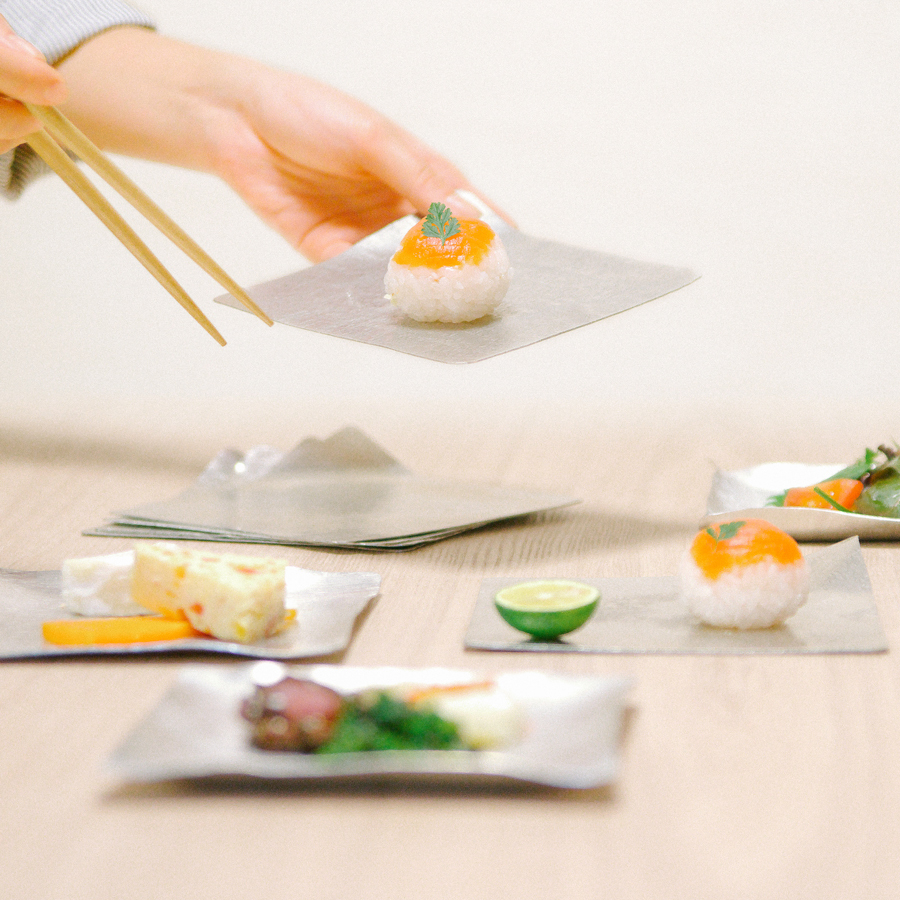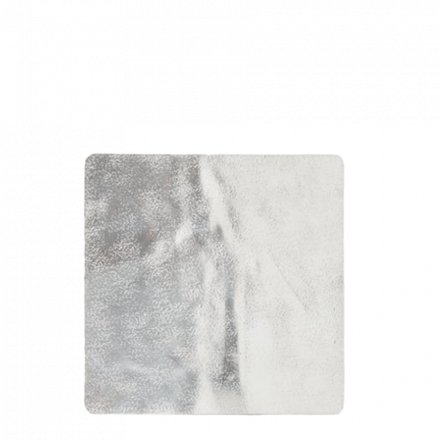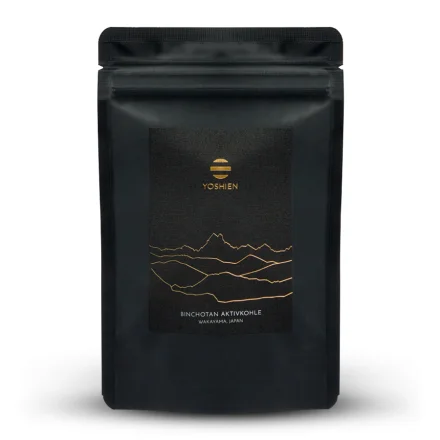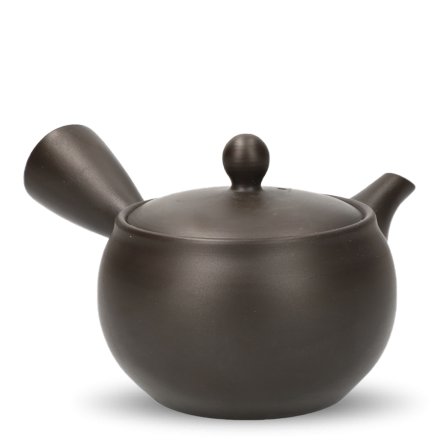In the early 17th century, Lord Maeda Toshinaga founded the town of Takaoka in the Toyama prefecture, and invited a variety of craftspeople, including seven master metal casters, to kickstart local industries. Casting is the process of shaping metal by pouring it into a mould while molten, and would become the craft that Takaoka is known for from the mid-Edo period (1603-1868) onwards. Copperware or dōki produced here became so popular that to this day Takaoka continues to account for over 90% of its domestic production, whether in the form of Buddhist statues, utensils for tea ceremonies, flower arranging and incense appreciation, or everyday kitchen- and tableware. Since 1975, Takaoka Dōki or Imono (“cast metalware”) has been designated by the government as a protected Traditional Craft of Japan, and also applies to items cast with other metals including tin, iron, gold and silver.
Japanese Tin Paper
Suzugami Arare M
Syouryu
SKU
5565
Fold and sculpt Suzugami “tin paper” as you desire to create original pieces of tableware reminiscent of origami. Handcrafted at the Syouryu bell making workshop founded in the Meiji era, this mid-size design adorned with the Arare “hail” pattern is ideal for serving starters, snacks and sweets.
| Product | Suzugami "Tin Paper" |
| Maker | Syouryu |
| Origin | Takaoka, Toyama, Japan |
| Dimensions | 18 x 18 cm |
| Material | Tin (rolled) |
| Packaging | Card |
In stock



